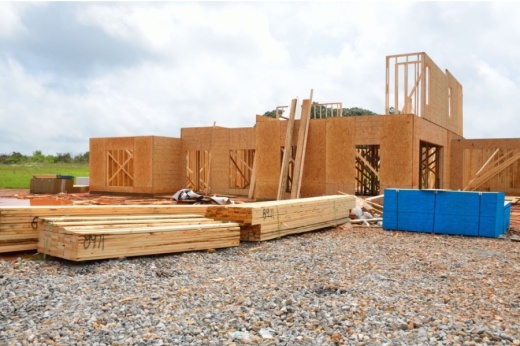Existing enrollment stands at 84,299, and enrollment projections for the 2020-21 school year range from 85,536 to 86,342, according to the Katy ISD public dashboard and a fall 2019 report from by Population and Survey Analysts.
PASA is working to adjust the enrollment projections based on existing economic conditions, according to a June 22 presentation to the KISD board from Ted Vierling, KISD’s assistant superintendent of operations.
The presentation stated that "projections for Katy ISD do not appear to be significantly affected."
PASA estimates the district will have an approximate 19% decrease in new housing starts.
“The predictions that PASA is making is based on information that we have right this minute, which, in the grand scheme of things, is not a lot of information,” Vierling said. “As we get into the demographic update that we'll bring to you guys later in the fall, I think we'll have a better idea of the long-term effects.”
Despite the data limitations, Vierling said PASA does not project an overall decrease in students, though specific numbers on KISD’s projected enrollment for the 2020-21 school year were not provided in the presentation. Additional information will be provided in the fall as PASA gathers additional data.
The report noted demand for new homes remains high. Built-out neighborhoods in the Katy area are also regenerating as new families move into older homes.
In particular, PASA expects the growth in the northwest area of KISD's boundaries—west of the Grand Parkway and north of I-10—to remain strong. Before the temporary closure of KISD’s campuses, the northwest area’s growth was outpacing PASA’s original projections. New plats continue in this area.
Parents of new KISD students can register their children to the district online—a new process unveiled for the 2020-21 school year—Vierling said. As of early June, more than 3,700 new students have registered for the fall semester. A majority of these new students are at the elementary school level.
“Based on everything that [PASA says], if things continue as they are currently, I do think that we're still going to be in pretty good shape and that we'll still see growth in that northwest area, which is what we've been talking about for quite a while,” Vierling said. “[We] don't really see that tapering off.”
Fewer housing starts and energy layoffs in the next six months are expected because of the coronavirus pandemic and the oil and gas industry downturn that occurred this spring, per the report.





